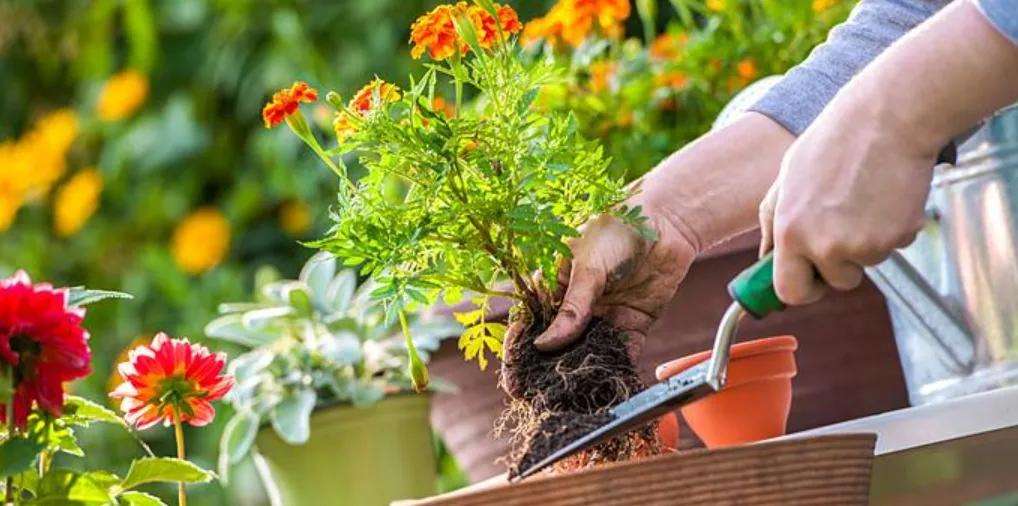How to water your plants
Watering plants can be a chore that’s seemingly easy and its secrets. There is no plant that can live for a long time without water. That’s why watering is so important for both flowers and vegetables, herbs and trees and shrubs.
Both insufficient watering and excessive watering, however, can stand in the way of the normal growth of plants. Here are some tips on how to water properly.
- Improper watering is one of the most common causes of plant problems, either due to insufficient or excessive watering. Plants suffer when they do not have enough water to be absorbed by their roots, they show reduced growth, drying of leaves or gradual fall of leaves and flowers, as well as reduced fruiting. Respectively, excessive watering can cause symptoms such as root rot, yellowing of leaves, falling leaves and flowers, as well as conditions for the development of diseases.
- What is the right time to water the plants? Watering is very important to be done at the right times. In any case, we avoid watering our garden at noon, due to large losses in water and possible development of diseases.
We prefer to water early in the morning, as in the morning the plants are enough and we have a small chance of developing fungal diseases. The second option is to water at dusk, as in the evening we do not have water losses from evaporation. The last option is to water our plants at night, although in this case there is a risk of developing fungal diseases due to excessive soil moisture.
- How often do we water our garden plants? The frequency of watering the plants depends on many factors, such as the type of plants, their stage of development, the type of soil and the prevailing climatic conditions. For example, horticultural and ornamental shrubs require more water than succulents and cacti.
A plant that we keep in a pot has higher needs for water compared to the same plant that is planted in the ground. Dry sandy soils retain less water and need more frequent watering than heavy clay soils. In summer, due to high temperatures, plants need more water than in spring, autumn and winter. When winds prevail, the soil dries faster and needs watering at more regular intervals.
- How much do we water our plants depending on the stage of development? Our plants have different water needs depending on the stage of development they are in. We do different watering when we plant seeds, when we transplant, when the plants are in the flowering phase or during their fruiting. Let’s see in detail the needs of plants for watering depending on their stage of development. How much watering do the seeds need when planting?
When planting plant seeds, the soil needs relative humidity for the seeds to germinate. We prefer the gentle daily watering that keeps the soil slightly wet, so that the seeds we planted will gradually germinate. We avoid excessive moisture because it can cause rot in the roots of the plants.
How do we water the plants when we transplant them?
When transplanting plants in the garden or in a pot, you need a good watering to evenly develop moisture around the root system. We prefer to do a good watering every 2-3 days to go deeper water than to water a little superficially on a daily basis. In this way, we avoid our plants from developing a superficial root system and they acquire deeper roots resulting in better and stronger growth.
How do we water the plants during flowering and when they bear fruit?
Many people tend to leave their plants during the flowering period to have a larger flower formation. This stress on the plants often leads to the fall of the flowers and the exhaustion of the plants. During the flowering period of fruit set, the plants also need relative watering, avoiding excessive moisture that can cause flowering and problematic fruit set in the plants.
What watering do we do to plants when they have fruits?
Vegetables and fruit trees have increased water needs during the fruiting period when the fruits are growing. We need constant and frequent watering with enough water to have increased production and formation of good quality fruits. It should be noted that irregular watering can cause various problems in the fruit such as the dry top of the tomatoes which causes tanning of the fruit and the cracking of the pomegranate fruit.
Read hundreds of articles that will answer any question about #green-masters by clicking here.

